The Temple of Literature Hanoi is not just a historical relic, it’s a vibrant space where the past and present intertwine. During exam season, witness the hopeful faces of students seeking blessings before their tests. On graduation day, be swept up in the joyous chaos of graduates in vibrant áo dài, celebrating their achievements amidst the temple’s ancient wisdom.
So, dear traveler, open your heart and mind to the whispers of the Temple of Literature Hanoi. Let its timeless beauty and vibrant spirit paint a picture of Vietnam’s rich heritage, one brushstroke at a time.
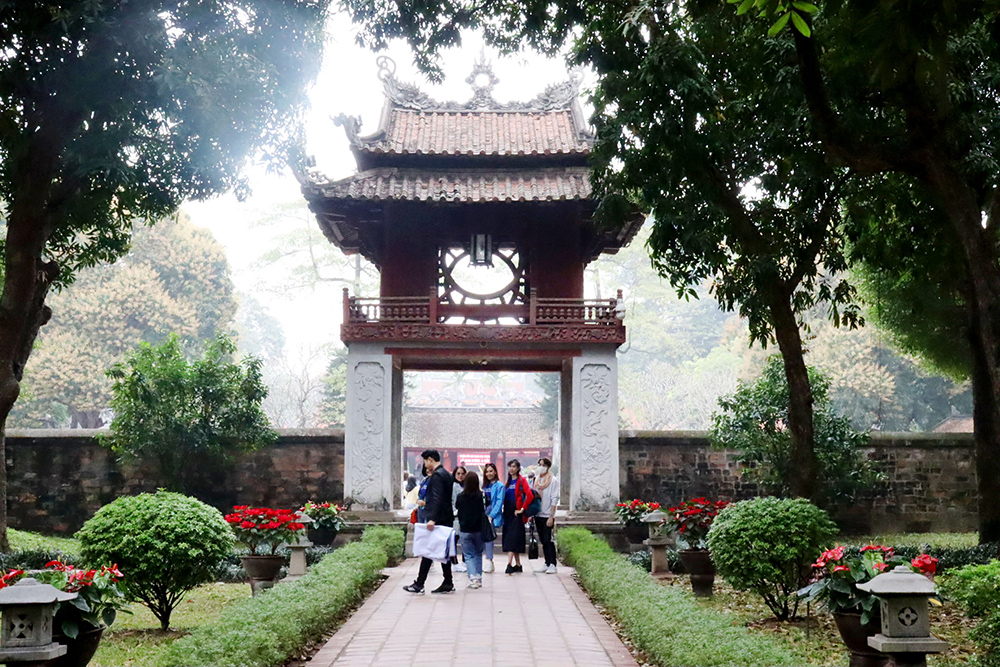
Location of the Temple of literature Hanoi:
The adreass of Hanoi Temple of Literature: 58 P. Quốc Tử Giám, Văn Miếu, Đống Đa, Hà Nội, Vietnam
The Temple of Literature in Hanoi sits near several notable landmarks and areas, you can travel to such as:
- Imperial Citadel of Thang Long: This ancient citadel, a UNESCO World Heritage Site, stands south of the temple and was the center of Vietnamese power for centuries.
- Vietnam Fine Arts Museum: Located close to the Imperial Citadel, this museum houses an extensive collection of Vietnamese art from various periods.
- Hoan Kiem Lake: This picturesque lake, about 2km northeast of the temple, is a popular spot for locals and tourists. Take a boat ride on the lake or enjoy a stroll around its perimeter.
- Residences of French Indochina: Hanoi’s Old Quarter, about 1.5km east of the temple, features charming streets lined with colonial-era architecture.
- Shopping and dining: Numerous restaurants, cafes, and shops are found near the temple and throughout Hanoi, offering various local and international options.
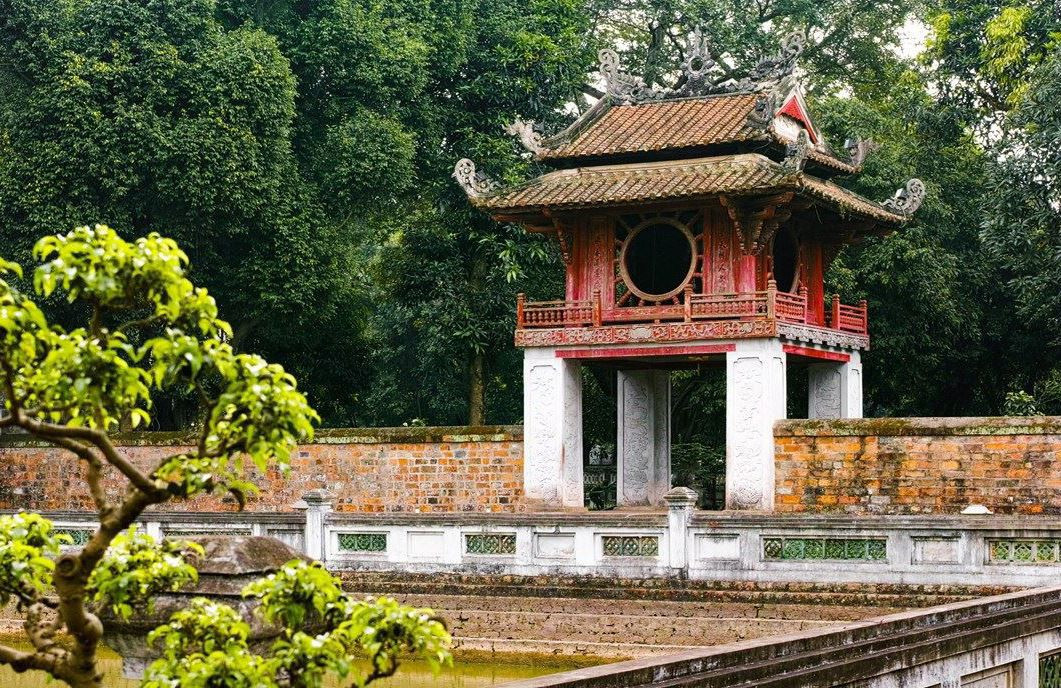
Entrance fee:
- Adults: 30,000 VND
- Students: 15,000 VND
Opening hours:
Van Mieu Quoc Tu Giam Ha Hoi has evolved into a sought-after tourist destination, ensuring accessibility throughout the entire week, including holidays and New Year, to cater to the demands of both local and international tourists. Nonetheless, it’s important to note that the operating hours are not fixed and may fluctuate according to the season.
- Regular operating hours: From Monday to Friday, the site is open from 7:30 am to 6:00 pm; on Saturdays and Sundays, it opens 30 minutes later at 8 am and closes 3 hours later at 9 pm.
- Seasonal variations: During the summer period (from April 15 to October 15), Van Mieu welcomes visitors from 7:30 am to 6:00 pm.
In the colder season (from October 16 to April 14 of the following year), visitors have the opportunity to explore the Temple of Literature between 8 am and 6 pm.
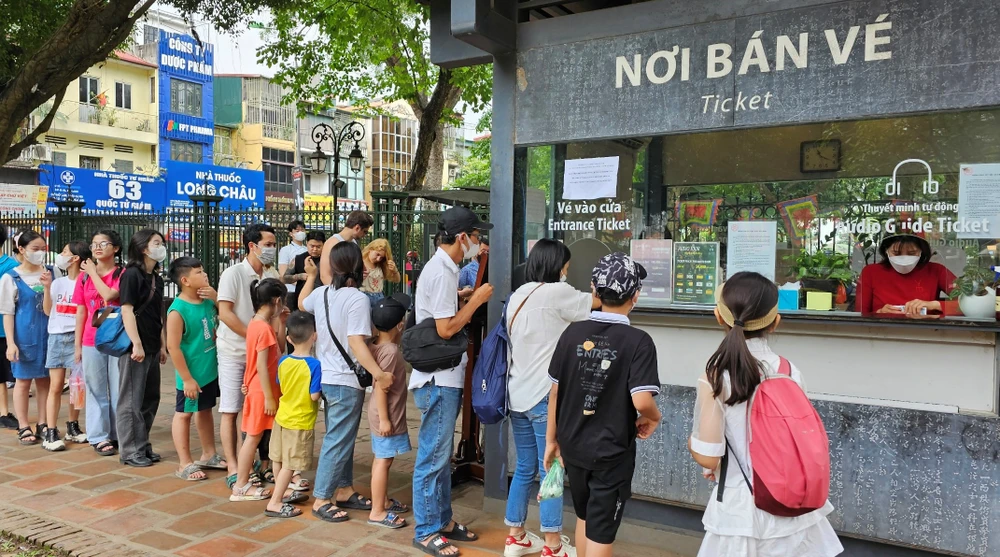
History of the Hanoi Temple of Literature:
The Temple of Literature’s history in Hanoi is rich and interwoven with the development of education and culture in Vietnam. Here’s a deeper dive into its past:
Early years (1070-1225):
- 1070: Emperor Lý Thánh Tông founded the temple as a place to worship Confucius, the renowned Chinese philosopher who emphasized education and ethical values.
- 1076: The Imperial Academy, Vietnam’s first national university, was established within the temple complex. Only sons of the elite (royalty, nobles, etc.) were initially allowed to study Confucianism, literature, and poetry.
- 1225: The Lý dynasty ended, but the temple and university continued to flourish under subsequent dynasties.
Thriving era (1225-1779):
- Expansion and renovations: The temple complex expanded, with additional courtyards, pavilions, and stelae being built.
- Education and academic excellence: The Imperial Academy produced generations of prominent scholars and mandarins who served in the Vietnamese government. Students took national exams, with the highest-scoring individuals recognized as Doctors and honored with stelae bearing their names.
- Cultural significance: The temple became a symbol of Vietnamese intellectualism and a focus for cultural events and ceremonies.
Challenges and decline (1779-1945):
- 1779: The Imperial Academy was relocated to the Imperial Citadel, marking the end of the temple complex’s direct role in educating officials.
- Colonial period (1884-1945): The French colonial government diminished the temple’s importance and used some parts for administrative purposes.
Restoration and preservation (1945-present):
- 1945: Following Vietnamese independence, the temple regained its importance as a cultural and historical landmark.
- Extensive renovations: The temple complex underwent several periods of restoration and preservation efforts, aiming to maintain its architectural integrity and beauty.
- UNESCO World Heritage Site: In 1998, the Temple of Literature was recognized as a UNESCO World Heritage Site for its cultural and architectural significance.
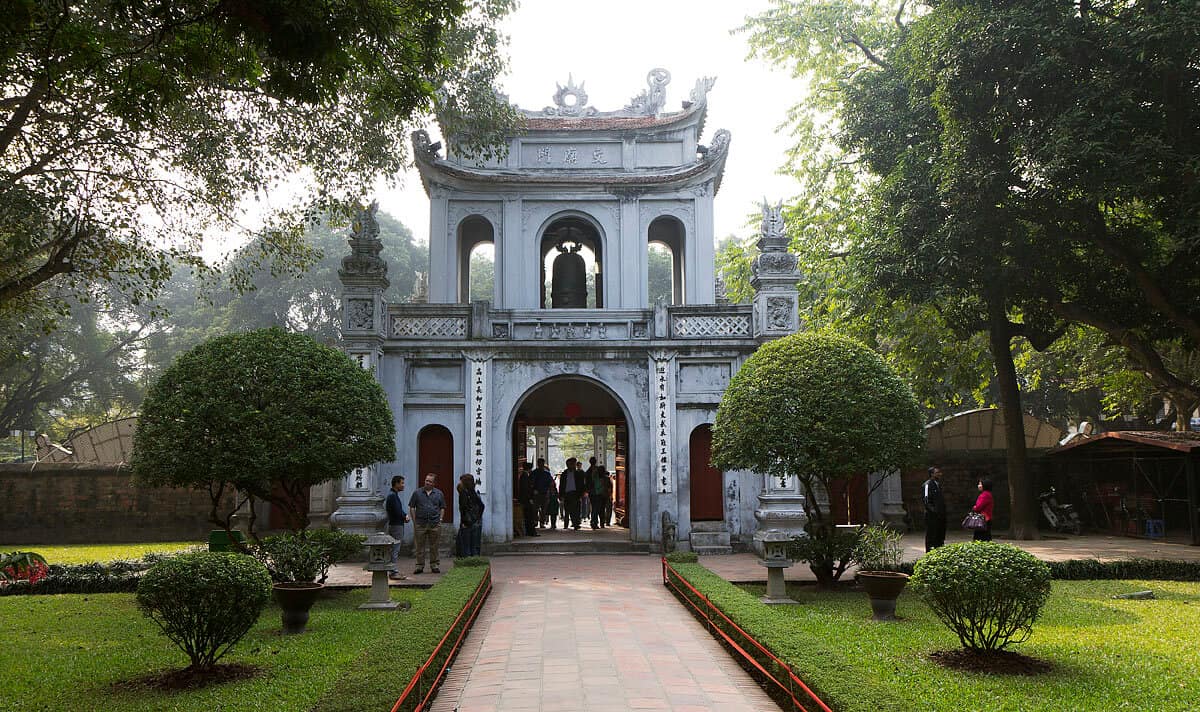
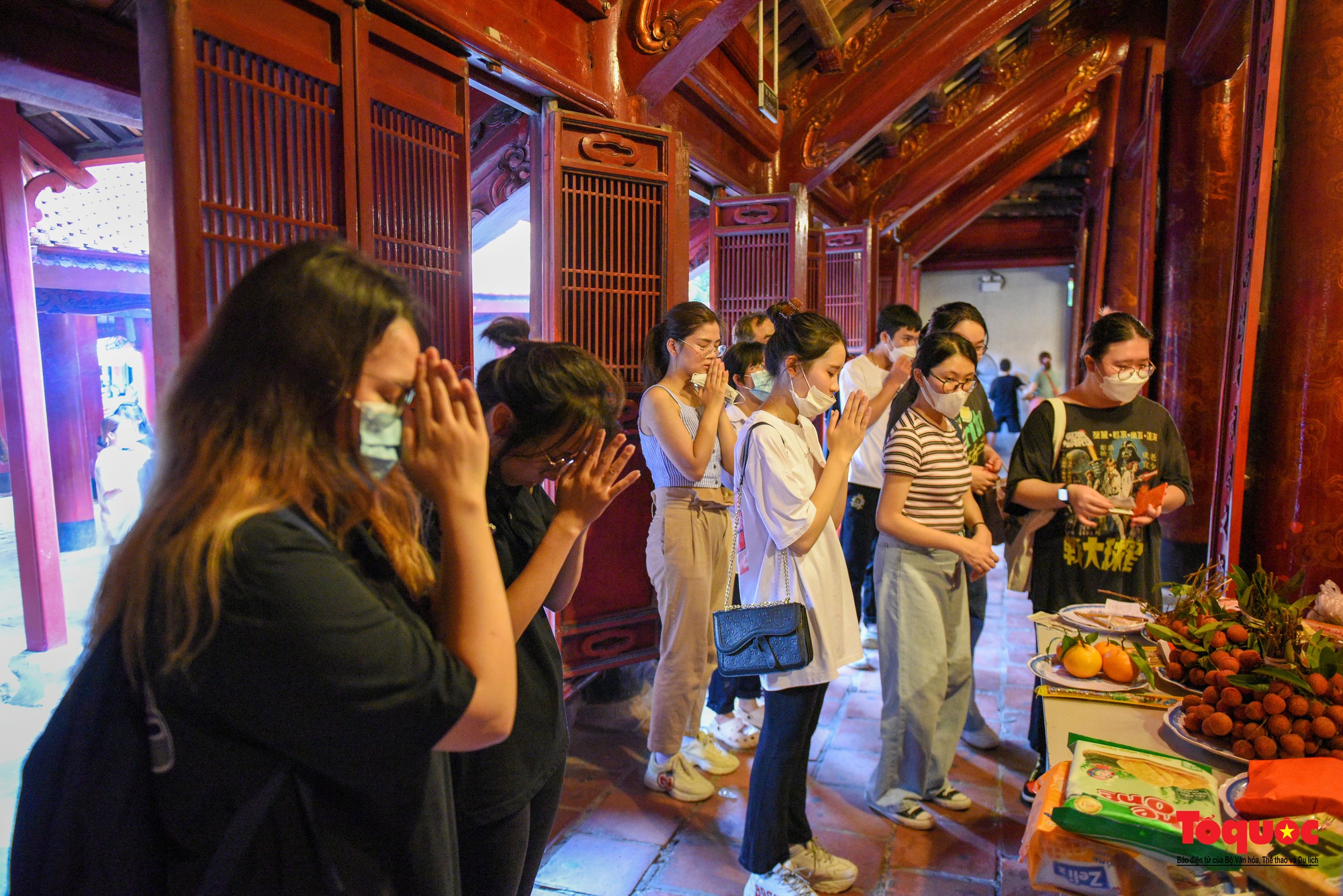
Structure of the Temple of Literature Hanoi:
- The temple complex covers an area of over 54,000 square meters.
- Features five courtyards surrounded by a brick wall.
- Notable structures include the Great Gate, the Khue Van Pavilion, and the stelae honoring exceptional scholars.
The Temple of Literature in Hanoi boasts a captivating structure, reflecting its historical significance and Confucian influences. Here’s a breakdown of its key elements:
1. Entrance and First Courtyard:
- Great Gate: Your journey begins at the impressive Great Gate, flanked by four tall pillars representing the pillars of morality
- Courtyard of Honor: Stepping through the gate, you enter the Courtyard of Honor, characterized by serene lotus ponds and meticulously maintained gardens.
2. Second Courtyard:
- Khue Van Pavilion: The iconic centerpiece of the temple, the Khue Van Pavilion, stands proudly on an islet in the courtyard’s lake. Built in 1802, its tiered red roof and graceful architecture symbolize scholarly pursuit.
- Doc Trung Gate (Gate of Passing Through the Middle): Marking the entrance to the inner sanctum, this grand, triple-gateway structure holds historical significance. Only those who excelled in imperial exams were allowed to pass through its central gate.
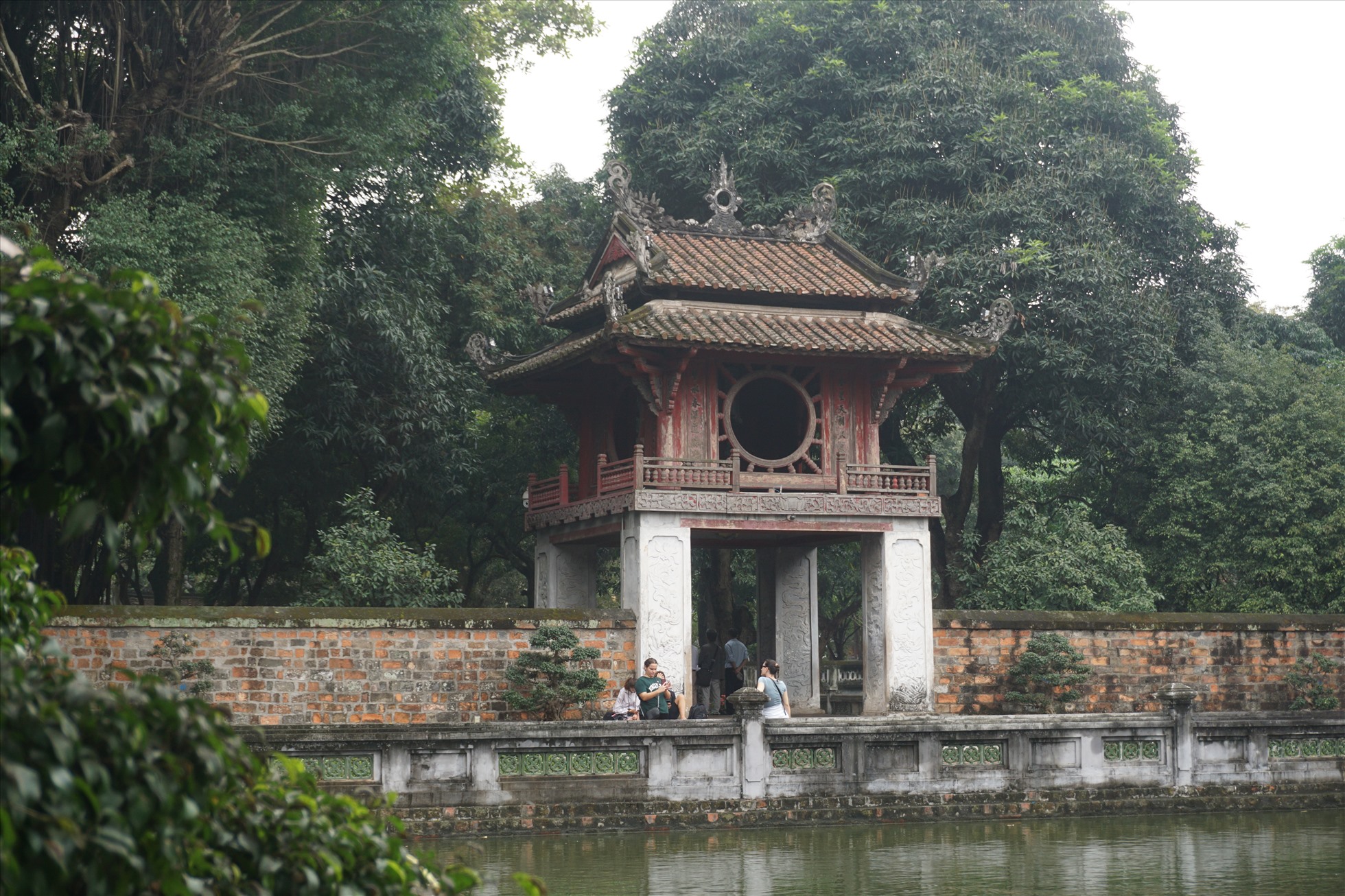
3. Third Courtyard:
- The Hall of Literature: Dedicated to Confucius, the Hall of Literature houses his statue and altars commemorating other scholars and educators.
- Giam Garden: This serene garden behind the Hall of Literature provides a tranquil space for reflection and offers beautiful views of the temple’s grounds.
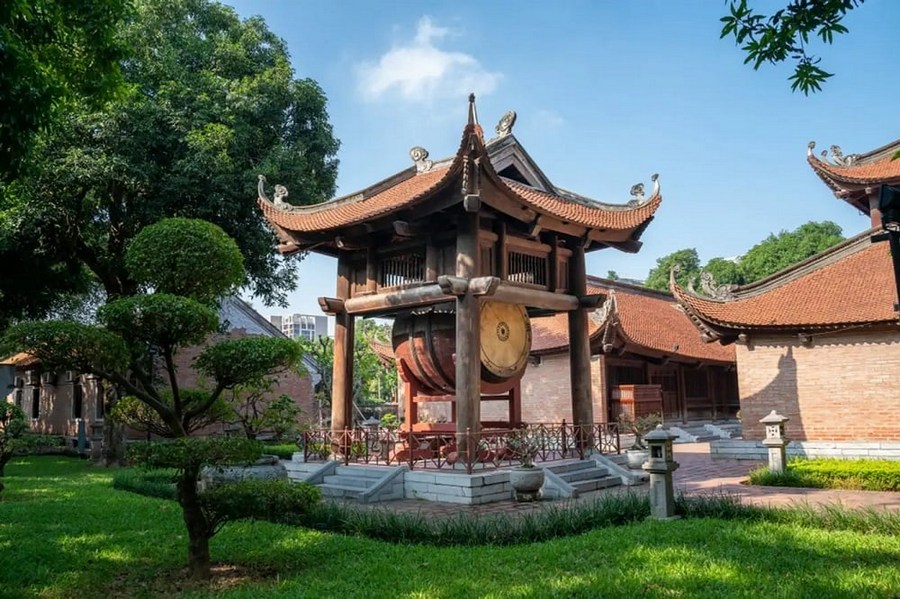
4. Fourth Courtyard:
- Quoc Tu Giam (Imperial Academy): Established in 1076, the Quoc Tu Giam was Vietnam’s first national university. Its halls and courtyards, though no longer an active educational institution, evoke the scholarly atmosphere of a bygone era.
- Stelae of Doctors: Nestled within the courtyard are 82 ancient stone slabs, or stelae, each honoring a prominent Vietnamese scholar who achieved the highest rank in imperial examinations. Rubbing the heads of the turtles that base some stelae is said to bring good luck in exams.

5. Fifth Courtyard:
- The Hall of Doctors: This final courtyard houses the Hall of Doctors, where statues of distinguished scholars stand as role models for aspiring students.
Additional Structures:
- Van Lake: Surrounding the main courtyards, the tranquil Van Lake adds a touch of serenity to the temple complex.
- Stone Bridges: Connecting the various courtyards are beautifully crafted stone bridges, each with its unique design and symbolic meaning.
Overall, the Temple of Literature’s structure reflects its multifaceted purpose as a place of worship, education, and celebration of intellectual achievement. Each courtyard, pavilion, and stelae tells a story, transporting visitors back to a time when knowledge and scholarship were revered.
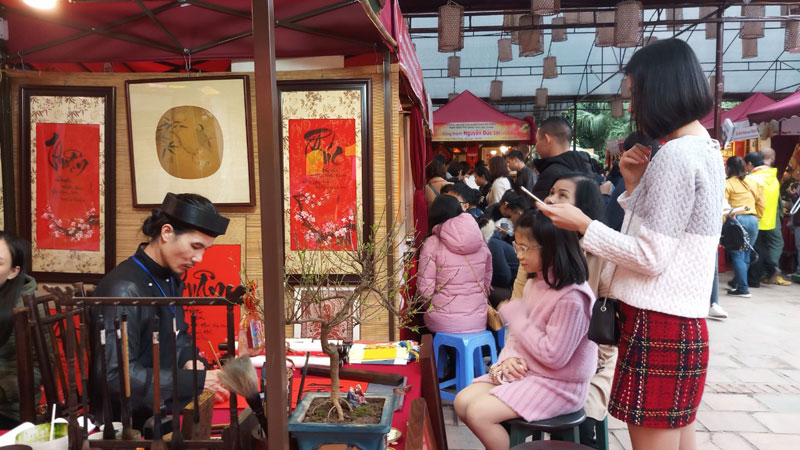
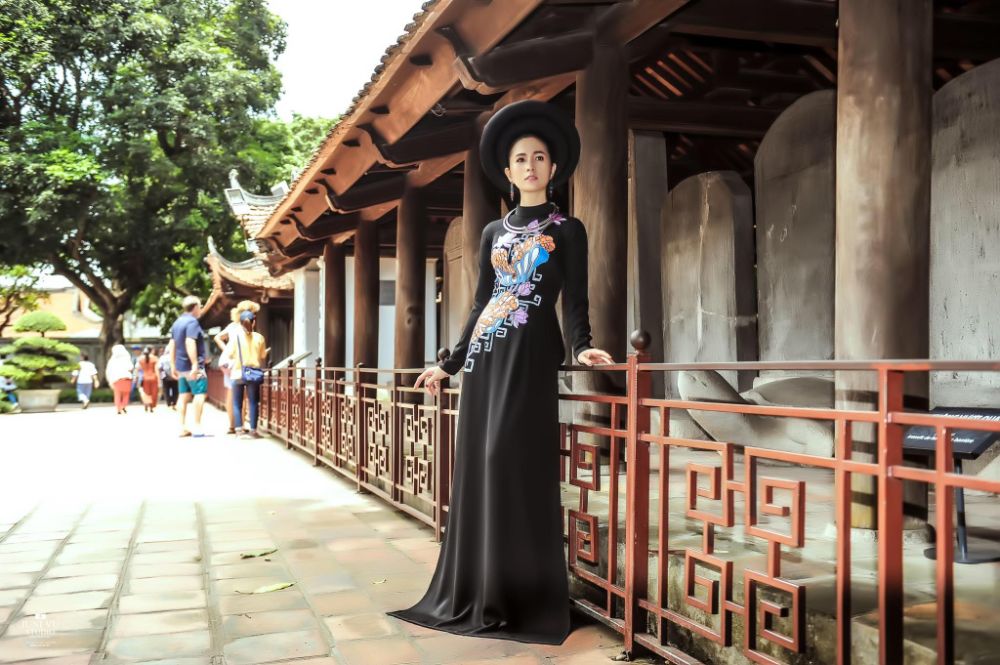
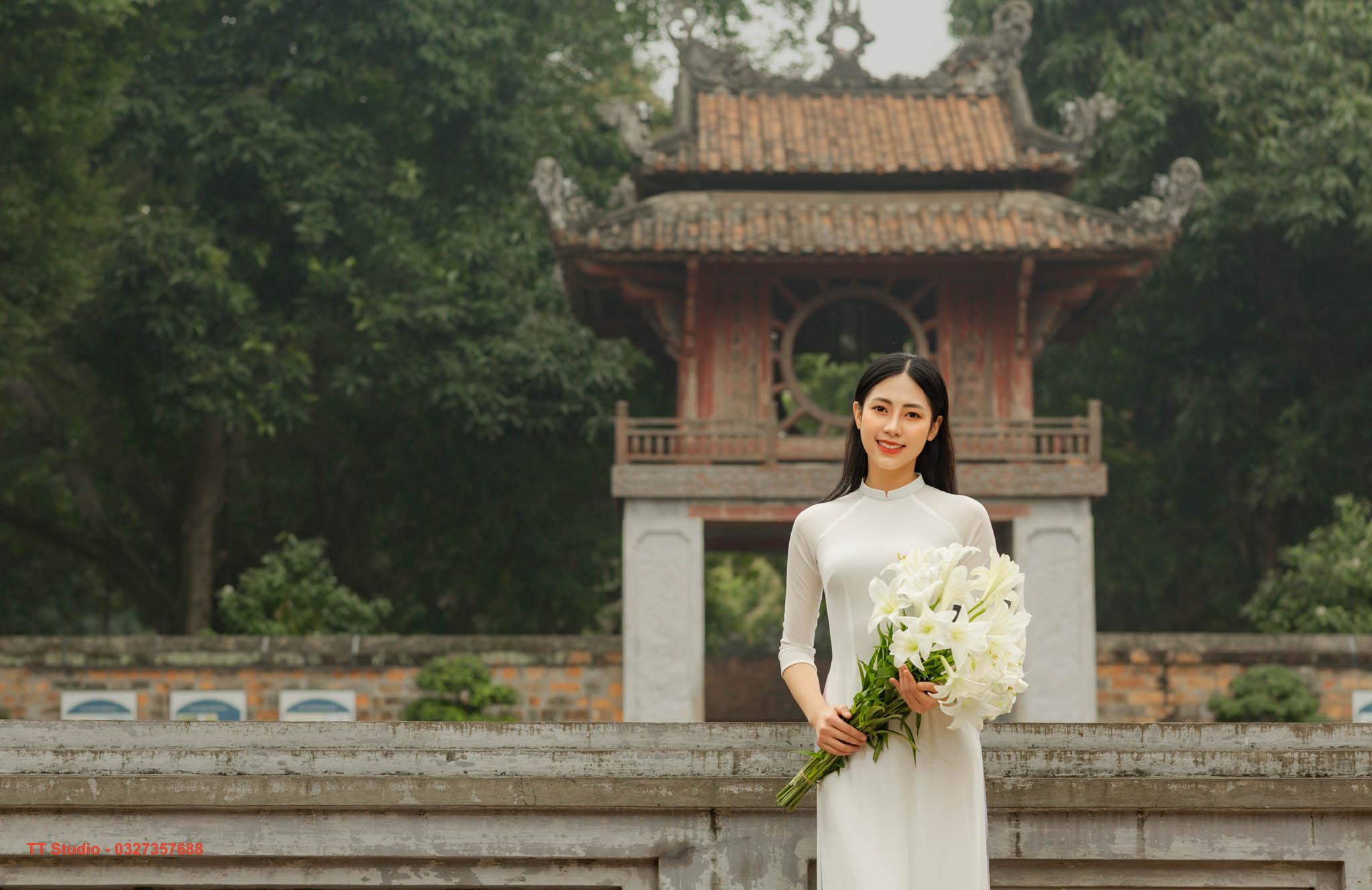
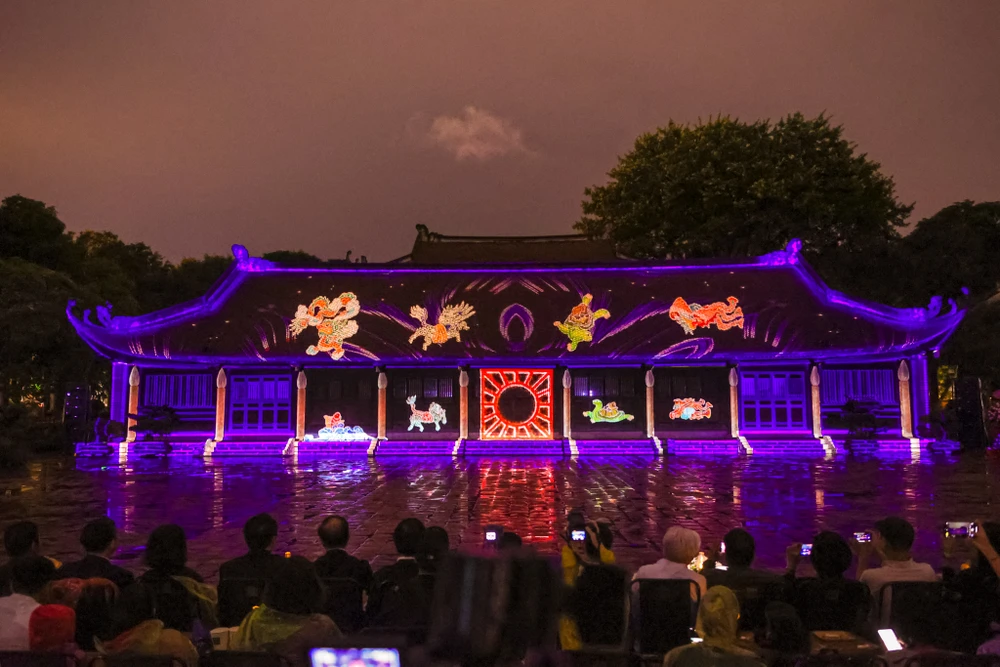
Dress code:
- There is no strict dress code, but respectful attire is recommended.
- Avoid wearing revealing clothing or tank tops.
Tips:
- Visit early in the morning or late in the afternoon to avoid crowds.
- Wear comfortable shoes as there is a lot of walking involved.
- Take your time and enjoy the serene atmosphere of the temple.
- Be respectful of the religious significance of the site.
